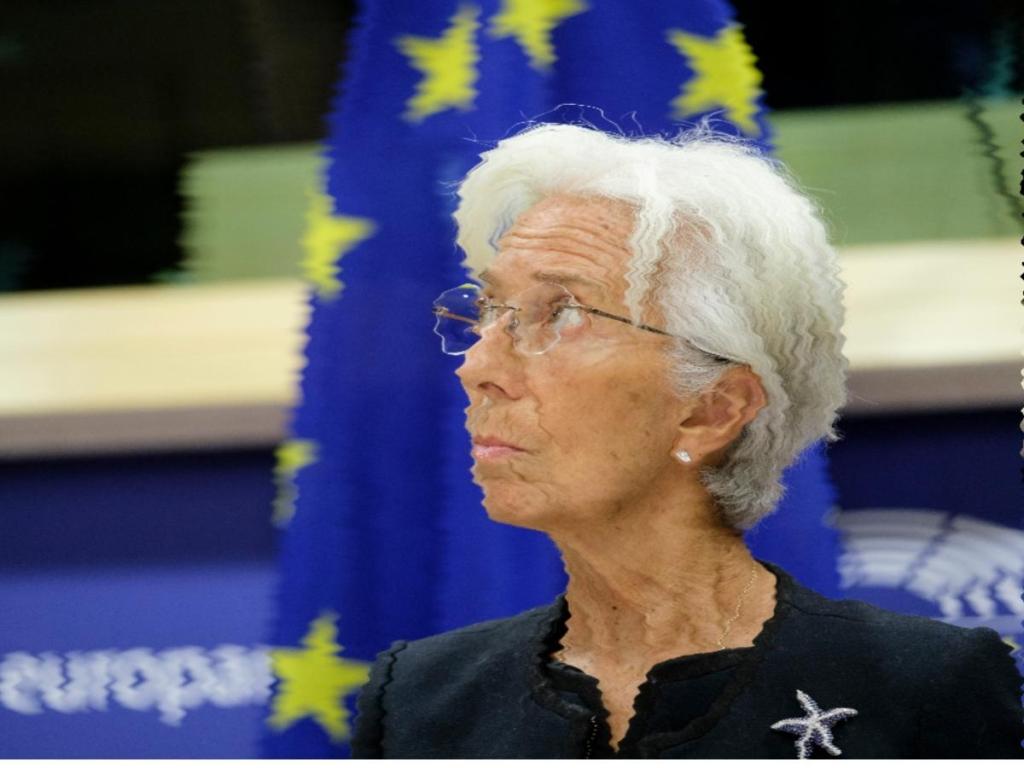Real estate tokenisation: The global market is enormous, valued at a tick over US$280 trillion. It’s also a market with significant barriers to entry, substantial inefficiencies and notoriously low liquidity. Enter blockchain.

Real estate tokenisation — the representation of fractional property ownership using blockchain-based tokens — has been touted as a solution to these problems for a while now, promising to improve liquidity, unlock capital, create opportunities for smaller investors, and improve market efficiency.
So why hasn’t tokenisation already delivered on this hype? If blockchain is to genuinely disrupt the real estate market, it needs to overcome the remaining barriers to adoption through a commitment to innovation and cooperation from regulators and the private sector — and there are signs the Australian government is starting to take this seriously.
What is real estate tokenisation?
In the world of Web3, tokenisation refers to the process of digitising assets such that value and ownership are represented and recorded on a blockchain. It’s been most strongly associated with non-fungible tokens (NFTs), particularly the collectibles and art scene.
But any asset or product can be tokenised — so why not real estate?
To dig deeper into the basic idea of tokenised real estate, imagine you wanted to buy a US$500 million Bored Ape Yacht Club NFT. The sticker price alone is a massive barrier to entry for 99% of people. But what if you and a thousand of your closest friends joined forces and bought it together? In that example, each of you would own a fraction of the NFT. Now take that concept into the real estate sector which also has high barriers to entry. Rather than forking out US$2 million for a luxury apartment in Sydney, tokenisation allows you to buy a fraction of it and enjoy the upside. In the context of buying a BAYC JPEG, you hope it moons, whereas with a slice of real estate, you get a cut of the property’s rental income as well as the capital gain when it’s sold (proportional to your ownership).
Tokenisation of real estate converts the value of real world properties into tokens, allowing ownership to be split between many investors. The resultant tokens are often referred to as security tokens. Instead of a traditional paper deed, proof of ownership can be stored on a decentralised blockchain, bringing many benefits to fund managers, property owners and investors.
Does real estate really need blockchain?
To the uninitiated, real estate tokenisation may seem like an unnecessary complication or a case of blockchain bandwagon-jumping. But in fact, the tokenisation of real estate provides some very real advantages over traditional models of property investing.
The biggest advantage of tokenisation is fractionalised ownership: enabling investors to purchase just a fraction of a property. Rather than having to commit to purchasing a property in its entirety, investors can invest what they can afford, making it possible for smaller investors to enter the market and gain exposure to the assets of their choice. It also creates new models of capital raising for owners and developers.
With tokenisation, investors can also trade their tokens quickly and easily, meaning their investment remains highly liquid. Essentially, real estate tokenisation brings the benefits of the stock market — with its low barrier to entry, high liquidity and quick transaction times— to real estate, which many prefer as a less volatile and familiar investment.
Where is tokenised real estate at?
Real estate tokenisation started to kick off in 2018 when a few high profile cases demonstrated it could be done and was worth pursuing. Perhaps the most influential of these was the US$18 million capital raising for the St. Regis Aspen Resort, which was offered as a single asset real estate investment trust (REIT) via the crowd-funding platform Indiegogo. Buyers received tokens known as Aspen Coins to represent their share of ownership.
Using blockchain to sell shares in the ritzy resort created a lot of attention and momentum. Nowadays dozens of platforms exist across multiple blockchains, including Ethereum, Algorand, Hedera and Solana, to allow for trading of tokenised real estate. Many of these platforms also provide services to both buyers and sellers, helping market participants navigate the legal and technical minefield of tokenising and trading properties.
Marketplaces
Most of the more prominent tokenised real estate marketplaces and tokenisation-as-a-service platforms (TaaS), including SolidBlock, RealT and RedSwan, primarily trade US-based property. These platforms essentially do their best to shoe-horn tokenised real estate into existing regulatory frameworks – typically by creating intermediary structures like limited liability companies (LLCs) or REITs, securitising the property assets, and then selling shares in the asset in the form of blockchain-based tokens. As they’re technically facilitating the sale of securities, they’re regulated in the US by the Securities and Exchange Commission (SEC) and for the most part, only accredited US investors and non-US residents can use them.
Outside of the US, blue chip real estate markets with high potential rental returns, such as Hong Kong, have also experimented with tokenisation. The Stan Group, a Hong Kong-based property firm whose holdings are valued at over US$6 billion, has partnered with the asset tokenisation platform Liquefy to tokenise some large commercial buildings.
Global law firm DLA Piper is also active in the Hong Kong real estate tokenisation space through their asset tokenisation platform TOKO, which runs on the Hedera network. TOKO has been used to finance a Hong Kong hotel renovation by structuring a US$20 million token offering for a real estate developer.
Barriers and potential solutions
Tokenisation hasn’t seen the kind of growth over recent years that many expected, remaining very much a niche part of the real estate market. Some market watchers, such as the London-based accounting consultancy Moore Global, predict tokenisation could be around 0.5 percent of the market by 2026, which is still a tiny percentage.
So, why isn’t tokenisation upending the world of real estate right now?
Well, despite offering clear benefits, tokenised real estate has a few significant drawbacks — most notably its regulatory uncertainty. Even within the US, different agencies regard tokenised real estate as different classes of investments. Some view it as a security and others view it as property. Most other countries face similar regulatory uncertainty, including Australia.
“Blockchain applications in real estate are still very nascent and the regulatory landscape is slowly developing to support these start-ups. Regulatory bodies are still trying to grasp the fundamentals of this technology and develop regulations for transactions”
Real Estate Institute of Australia, Blockchain: Opportunities and Disruptions for Real Estate
To help resolve this uncertainty domestically, Australia’s Digital Finance Cooperative Research Centre (CRC) has been conducting research to develop algorithmically-enforceable regulatory frameworks. That’s a fancy way of saying they’re developing technology that processes and automatically rejects transactions that don’t comply with regulation in real-time, rather than relying on a bureaucratic approach to regulation. This technology-based model aims to increase confidence that blockchain-based transactions, such as trading of tokenised real estate, will stand up to future scrutiny from regulators.
Infrastructure
The infrastructure that governments and banks need to record and have faith in on-chain transactions is also sorely lacking. This includes digital land registries and central bank digital currencies (CBDCs) designed to work with blockchain systems. The Digital Finance CRC is working to replace old-fashioned record-keeping systems with a system where ownership of real-world assets traded on blockchains is instantly reflected on official government registries. This, combined with the RBA’s ongoing experimentation with CBDCs, shows the Australian government is keen to create a system more favourable for asset tokenisation, including real estate.
However, no one can predict exactly when infrastructure and regulatory clarity will be realised. Unsurprisingly, this has kept many investors away from tokenised real estate. After all, real estate is usually sought after because it’s relatively “safe” and less volatile in nature— that doesn’t gel with a broader crypto market currently characterised by volatility, breathtakingly unstable “stablecoins” and a general Wild West vibe.
The seeds of a revolution have been sown, however. With time and necessary blockchain-friendly regulatory and bureaucratic overhauls, the advantages of tokenised real estate will likely see the technology secure its place long-term. This in turn could open the door to more democratised and efficient property investing.





